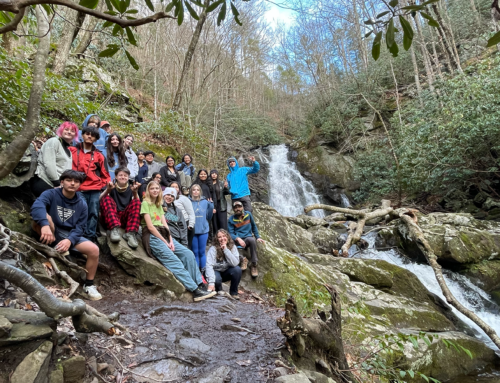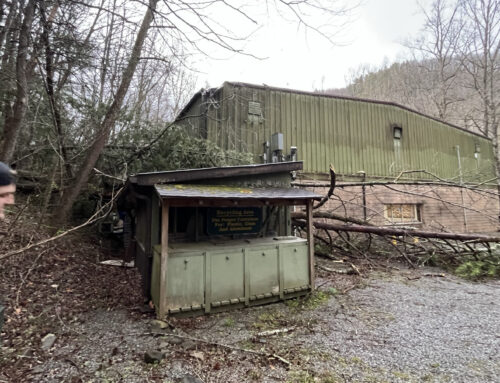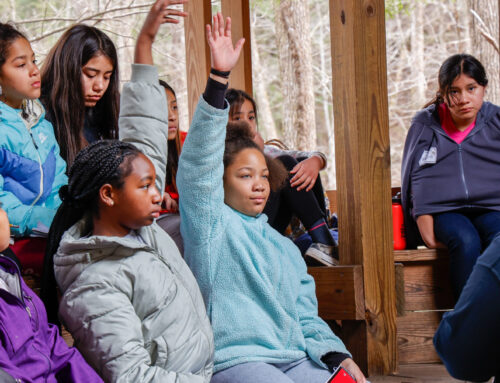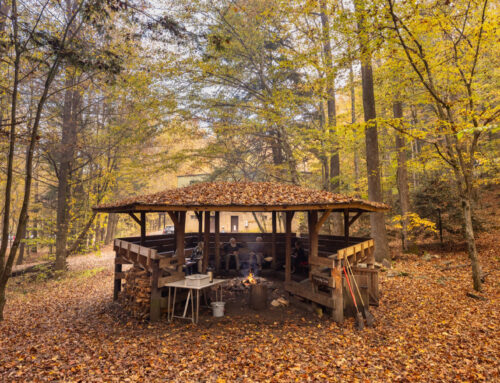Finding a Sense of Place in Walker Valley during Black History Month
Written by David Reedy, Community Development Specialist
On a sunny Tennessee winter day, Tremont Institute faculty participated in an outing to learn more about our home in Walker Valley. Most visitors to Walker Valley enjoy the swiftly flowing river, the cascades tumbling over slick rocks, and the quiet that can be found along the trails branching off Tremont Road. However, for those with a keen eye, a prepared backpack, and an idea where to look, the land is dotted with clues as to the people who called this valley home before the National Park existed.
Much like Big Will Walker and Mable Ijams, George Turner and his family are an important thread in the story of our Walker Valley home.
As our staff headed out one crisp morning, we decided to explore the former homesite of George Turner. George Turner was the son of a former slave who made his home here in Walker Valley. His homesite, where he lived with his wife Birdie Wilkerson, was said to be up at a gap in the mountains by Blanket Creek. Much like Big Will Walker and Mable Ijams, founder of Camp Margaret Townsend, George Turner and his family are an important thread in the story of our Walker Valley home.
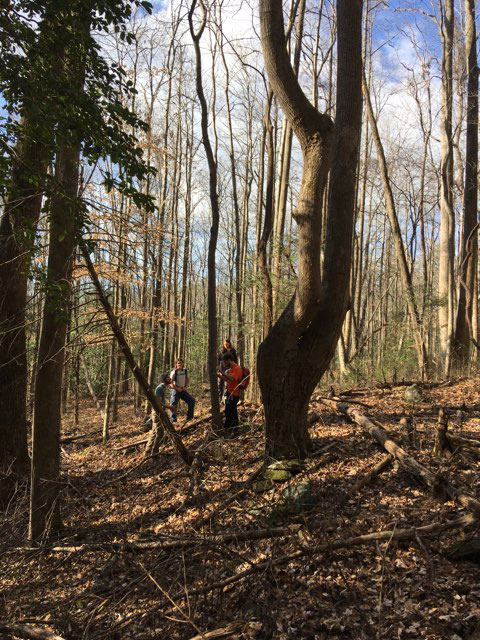 Despite the tireless efforts by the forest, mountains, and rain working to erase—or at the very least, hide—remnants of the homestead, we were able to find evidence of George Turner’s life: a broken-down chimney stack, a spring tucked into the gnarled roots of a tree, and the handle of a forgotten mug.
Despite the tireless efforts by the forest, mountains, and rain working to erase—or at the very least, hide—remnants of the homestead, we were able to find evidence of George Turner’s life: a broken-down chimney stack, a spring tucked into the gnarled roots of a tree, and the handle of a forgotten mug.
We were filled with questions.
Did George Turner and his family once sit on their porch and look out over Walker Valley while drinking steaming cups of coffee?
How friendly were they with their neighbors down the mountain?
What was it like to be a black family farming the rough land in the Smoky Mountains?
We know some things for certain. George Turner and his family lived on this land. They collected water from their mountain spring. They buried children lost to the difficult life in the mountains. And when the National Park purchased his land, George Turner and his family moved to Townsend.
Just as it is critical to elevate the stories of the Cherokee in the Great Smoky Mountains, it is important to highlight the contributions and lives of people of color connected to this National Park.
This sense of discovery is one of the joys of living and learning in Great Smoky Mountains National Park. Around every corner is a mystery just waiting to be explored. This day’s adventure just focused on a sense of discovery at the George Turner homestead.
Just as it is critical to elevate the stories of the Cherokee in the Great Smoky Mountains, it is important to highlight the contributions and lives of people of color connected to this National Park. Along with well known stories such as that of Big Will Walker, these stories help paint the full narrative of Great Smoky Mountains National Park.
Black History Month provides a great opportunity to shed some light on the history of people of color in the mountains. At Tremont Institute, we look forward to seeing the great work being done by the National Park Service and researchers who are bringing attention to these stories!






